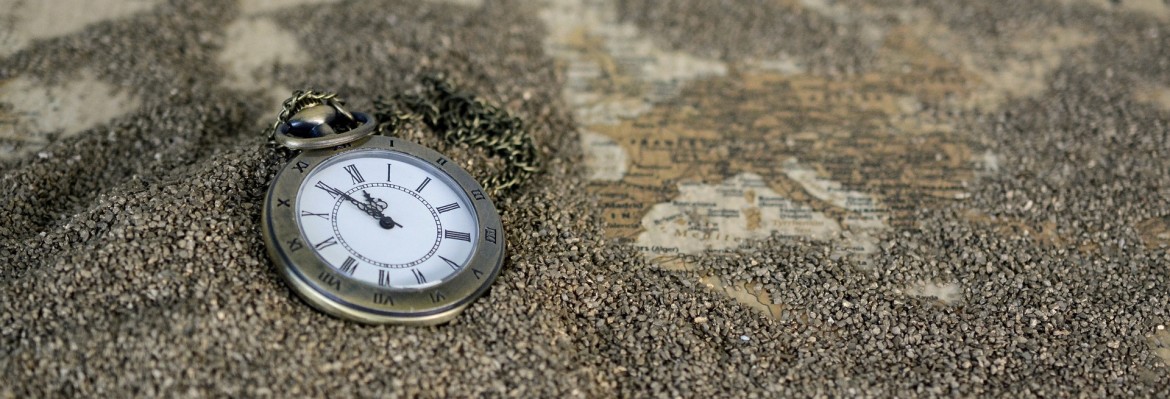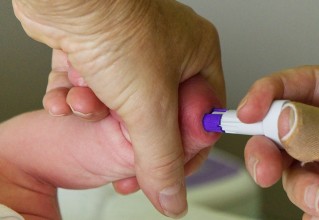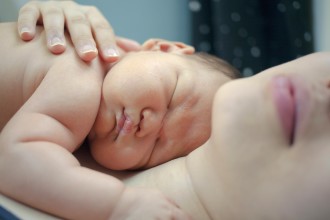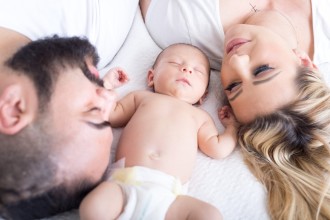Changes in society that lead to babies solitary sleeping
27 Jul, 2019Changes in our society such as urbanisation, increased female participation in the workforce, a societal demand for equality between parents, and prioritisation of parental sex lives and the advent of the marital bed as opposed to a family sleeping area has changed the way we parent.
Once crib death was recognised and the term Sudden Infant Death Syndrome (SIDS) developed to broadly classify the death of an otherwise healthy child during sleep, and this was linked to occur more frequently during bedsharing, this resulted in a decrease in bed-sharing. The healthcare institutions told parents not to sleep with their children in case they smothered them or it resulted in SIDS.
As I will explore later, a lot of these research studies have not distinguished between planned and unplanned bed-sharing or controlled for variances such as whether the parents smoked, drank alcohol, which parent slept with the child (mother or father) and what types of bedclothes were being used. For things like a child’s death, there is no way you can have a controlled study on it so they only thing you can do is go off similar incidents and try to rule out variances and compare them. Due to the many variabilities present, the outcomes of these studies has low reliability.
Coming back to changes in our society, the urbanisation of our society illustrates the difference in bed-sharing in families in more developed ‘Western’ countries. Dr Schwarz, an Anthropology professor studied sleep in North Western Aboriginal families and stated that “Sleeping patterns are so tied to the importance of kinship for most cultures, the idea of a crib or separating children physically to sleep would be considered unimaginable, even neglectful.” Most mothers around the world would feel the same way.
The environment also plays a huge role. In warmer places where families would just sleep with a thin sheet or no sheets, there is no opportunity for a baby to potentially be covered and unable to breathe. In colder places where we have heavy duvets and blankets, there is a greater risk that these may smother a baby or they may be unable to lift them off.
Anthropological Studies
Anthropologist John Whiting studied 186 non-industrialised cultures and found that 67 percent of children slept in the company of others. Indeed Whiting found in another study of 136 societies that the most common sleeping arrangement was for the mum to sleep in a bed with the child and the father sleep in a separate bed. This practice if in a Western country would raise concerns about the couples marital life and their intimacy which in Eastern cultures is not thought to be impacted because a child’s warmth and security is a primary concern.
Whiting found that where winters were mild, mums and bubs slept in the same bed or mat (same sleep surface) but where it got colder in winter, babies slept in a separate cot with layers of bedding or swaddling to keep them warm. This was found to be consistent across the Americas, Africa and mediterranean, and East Asia and the Pacific.
The advent of solitary sleeping
Rozanna Lilley, a social anthropologist based at the Children and Families Research Centre at Macquarie University, wrote in the June 2010 Issue of Webchild about sleeping practices around the world. She comments that the sleeping bedtime rituals that we use in USA, UK, Australia etc which focus on childhood isolation at night and solitary sleeping, would be considered neglect in most other parts of the world, where interrelatedness and interdependence is a focus of family life rather than independence and autonomy.
She suggests that even in the ‘Western’ countries, co-sleeping was what was done before the 19th Century. It was only in the 1880s that parenting advice changed and parents were instructed to encourage solitary sleep in their children as this would instil independence. Then in the 1930s came sleep schedules. Its unclear if this was based on any science based studies on how sleep schedules would be better for children but parents were told that children need regular schedules for sleeping and staying up even half an hour later may results in poor performance in school or shock-horror - masturbation.
In the 1950s came bottle-feeding. As women entered the workforce this enabled them to stay away from their babies for longer periods of time and removed the dependency on the mother for nutrition. This reinforced the idea of solitary sleeping as a baby could drink from its bottle without needing a mother near-by. Alternatively, the other partner could get up to do night feeds removing the pressure from the mum. It feeds into the importance placed on the parents marital life and their independence from their child.
Comparatively, Eastern, Pacific and Mediterranean cultures focus on interdependence. In Aboriginal communities in Australia, people sleep all together on the floor in Yuntas, with the most vulnerable members - babies - in the middle while adults are at the end to protect them. Similarly in Japan, children co-sleep with their parents on futons on the floor until they are teenagers sometimes with the child between the parents to symbolise a river between two banks.
Research
Why does your baby’s sleep matter by Sarah Ockwell-Smith
https://www.fatherly.com/health-science/sleep/bed-sharing-co-sleeping-different-cultures/
http://www.nasonline.org/publications/biographical-memoirs/memoir-pdfs/whiting-john-w-m.pdf Page 8
http://www.iec.mq.edu.au/public/download.jsp?id=7079 - Rozanna Lilley on sleep practices around the world.
Cover Image by Annca from Pixabay
Get The Best Of Sleepy Roo Delivered To Your Inbox
Subscribe to my newsletter and get the latest info on baby sleep! You can unsubscribe at any time.



